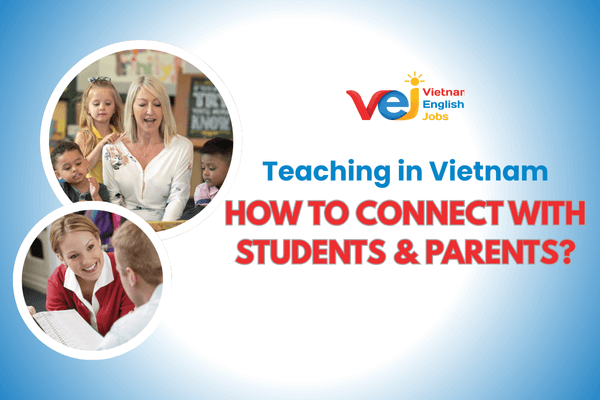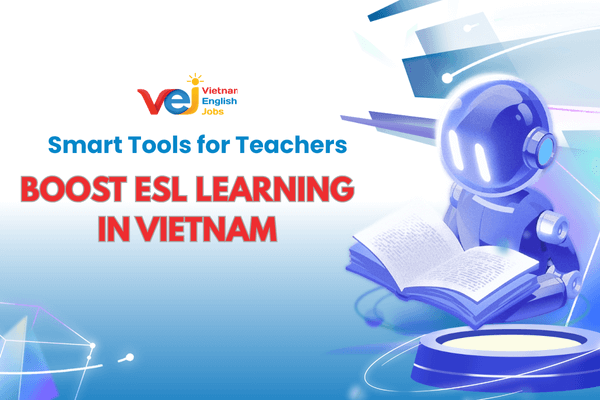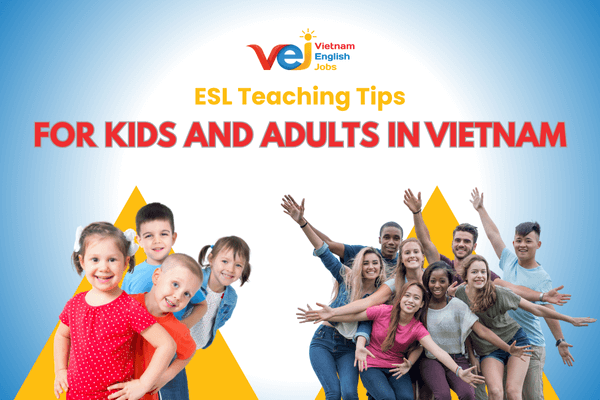Riddles and Brain Teasers for ESL Classrooms
Riddles and brain teasers are not only fun classroom activities but also powerful tools to improve English skills. For ESL (English as a Second Language) learners, these activities encourage critical thinking, improve vocabulary, and create a lively learning atmosphere. The best part? They can be adapted to fit different age groups. In this article, we’ve put together a collection of riddles and brain teasers organized by age to help teachers make their ESL classes more interactive and engaging.

1. Benefits of Using Riddles and Brain Teasers in ESL
- Boost vocabulary
- Improve comprehension
- Encourage creativity
- Promote interaction
- Make learning fun
2. Riddles and Brain Teasers by Age Group
a. Young Learners (Ages 6–10)
Simple, concrete riddles work best here.
Examples:
- What has four legs but can’t walk? → A chair
- What has hands but can’t clap? → A clock
- What is full of holes but still holds water? → A sponge
- I’m round and yellow, and you see me in the sky during the day. What am I? → The sun
- I have a face and two hands, but no arms or legs. What am I? → A clock
- I’m white and fall from the sky in winter. What am I? → Snow
Teaching tip: Use flashcards or drawings with these riddles for better comprehension.
b. Pre-Teens and Teenagers (Ages 11–15)
They enjoy logic-based, slightly tricky questions.
Examples:
- I speak without a mouth and hear without ears. What am I? → An echo
- The more you take, the more you leave behind. What am I? → Footsteps
- What can travel around the world while staying in the same corner? → A stamp
- You see me once in June, twice in November, and not at all in May. What am I? → The letter “E”
- What has to be broken before you can use it? → An egg
- I’m tall when I’m young, and short when I’m old. What am I? → A candle
Teaching tip: Organize a “Riddle Battle” between teams.
c. Adults and Advanced ESL Learners
They can handle abstract wordplay, deeper logic, and metaphorical riddles.
Examples:
- What has cities but no houses, rivers but no water, and forests but no trees? → A map
- What comes once in a minute, twice in a moment, but never in a thousand years? → The letter “M”
- If you have me, you want to share me. If you share me, you don’t have me. What am I? → A secret
- The more of me you take, the more you leave behind. What am I? → Time
- I’m always in front of you, but you can never see me. What am I? → The future
- I’m light as a feather, yet the strongest man can’t hold me for more than five minutes. What am I? → Breath
Teaching tip: After solving, ask students to create and present their own riddles.
3. How to Use Riddles and Brain Teasers in ESL Lessons
- Warm-up activity
- Vocabulary practice
- Group competition
- Creative writing project
Riddles and brain teasers are effective across all age groups. They don’t just entertain but also enrich vocabulary, build comprehension skills, and foster creativity. Whether you teach kids, teens, or adults, adapting the riddle level makes your ESL lessons engaging and memorable.

















